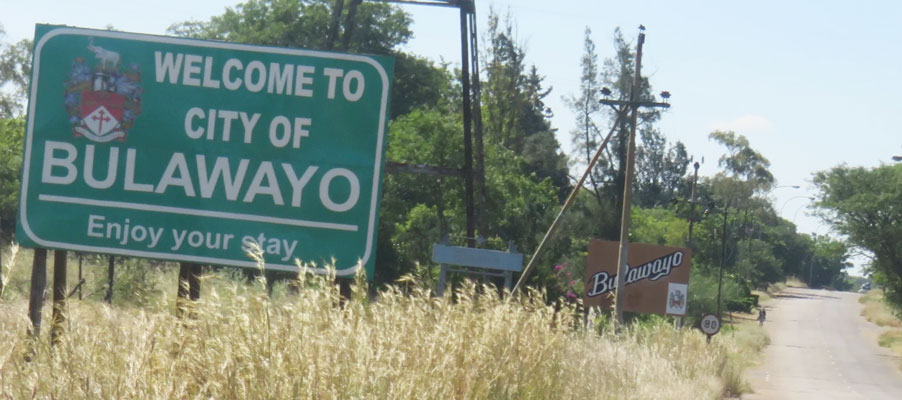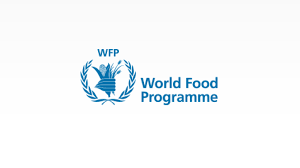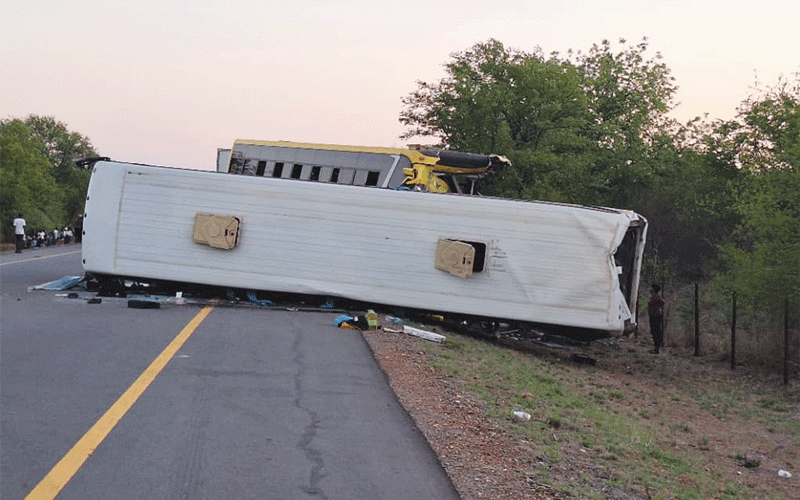
The Radiation Protection Authority of Zimbabwe (RPAZ) wants to investigate Bulawayo City Council’s water and waste water purification facilities to establish if there is any contamination.
BY SILAS NKALA
According to latest council minutes, Bulawayo’s engineering services director Simela Dube recently reported to the environmental management and engineering services committee that RPAZ had informed the local authority about its plans to assess the waterworks.
Bulawayo has two water and eight sewage treatment plants, namely Criterion and Ncema water treatment plants as well as sewage treatment plants that include Luveve, Waterford, Thorngrove, Aiselby 1 and 2, Aiselby 3, Cowdray Park ponds, Magwegwe ponds and southern areas sewage treatment (SAST) plant.
“Council recently received a letter from the RPAZ saying they are mandated under Statutory Instrument 190 of 2020 to assess all water and waste water purification plants as there was a high chance of radioactive material being generated from these facilities and subsequently having a negative health impact on those exposed to water and waste water coming from the same,” read the minutes.
Council said it was mandatory for assessments to be carried out by RPAZ at water and wastewater purification facilities in order to assess the level of radioactivity.
“The first step was to identify the level of radioactivity within the processes.
“This involved on-site screening, assessment and sampling throughout the treatment and purification processes.
- Chamisa under fire over US$120K donation
- Mavhunga puts DeMbare into Chibuku quarterfinals
- Pension funds bet on Cabora Bassa oilfields
- Councils defy govt fire tender directive
Keep Reading
“The samples would then be analysed by RPAZ for radioactivity concentration using gamma spectrometry at their radiochemistry laboratory operated by the authority.
“To kickstart this exercise, the following had to be done,” read the minutes.
“City of Bulawayo had to provide an inventory of the water and waste water sites as well as the current and proposed monitoring plan so that the radiological monitoring plan builds on the one available.”
Indications were that associated costs for assessment and analysis of samples were to be borne by council.
Council said RPAZ had not provided the cost of assessment and analysis of samples.
Indications are that the environmental management and engineering services committee recommended that council should provide RPAZ with the inventory of the facilities, the current water and waste water quality monitoring plan and proposed monitoring plan for radioactivity assessments as per statutory requirement.










